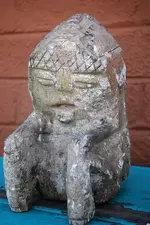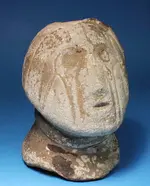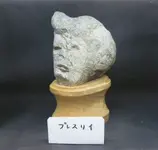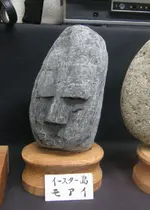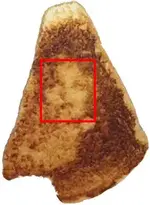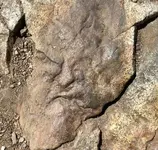I am not asking you to prove me wrong. I frankly think you are wasting your time. Science isn't for everyone.
Apply some science.
Take a piece resembling your more common material that does not appear to have been worked , and then work it with the same tools of the era you believe you are recovering relics from. If you believe such material was ground , grind it. Use era suited methods though.
When you have hard small inclusions and voids , grinding is going to cause trouble. But hey , demonstrate to prove it.
Study local museums pieces. Study the material. And research the source of such material.
Porous rock has some use. But limited in scope too. Brittle non directional rock has less use.
Buried rock often has better quality than sun baked and frost worked.
There is a reason more porous rock is often pecked , vs abraded or flaked.
Just as there is a reason consistency can be found in purposed workings in a given material. It's characteristics suited the working.
That does not mean enhancing what a rock appears as. It's seeing what is not visible in quality first. The exposing what is desired by creating it.
Yes , I have an example or pareidolia from a far away site. But I recognized it when recovered , as I recognize it now.
Not what I wanted to recover. But it is what it is. A symbolic piece with an interesting shape.
I don't try to make more of it.
Besides , like yours , it's not really suitable for working.



